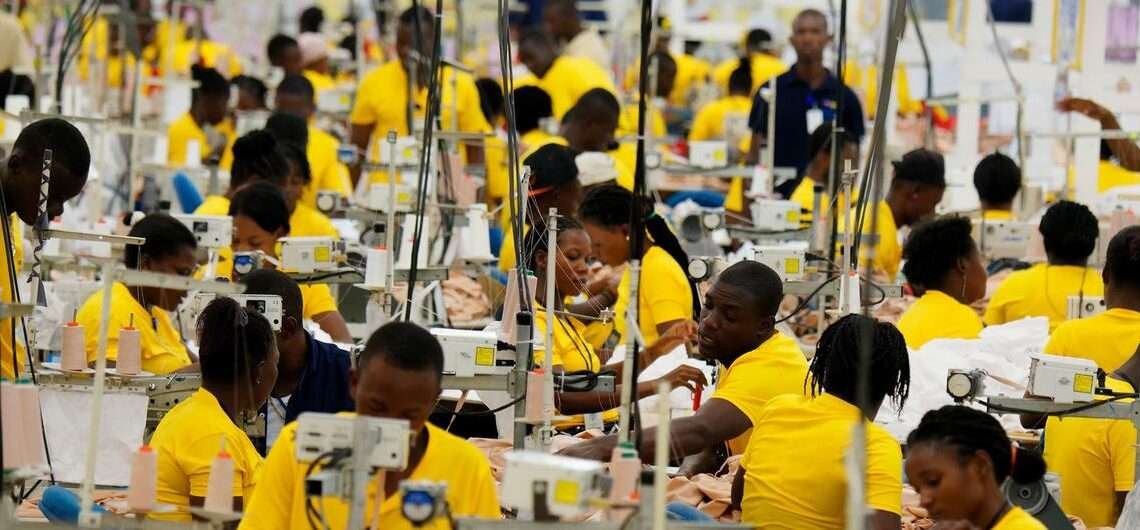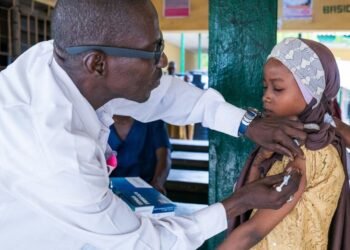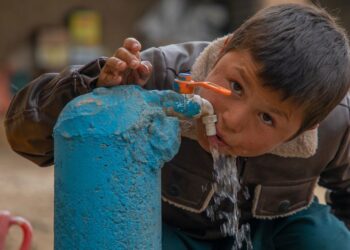Youth unemployment worldwide has reached its lowest point in 15 years, but the benefits of the post-pandemic economic recovery are not being felt equally across regions, especially in the Asia-Pacific and Arab States, according to the UN’s International Labour Organization (ILO).
Women in these regions, in particular, face significant challenges in finding employment.
“Millions of young people around the world are blocked in their aspiration for decent work,” the ILO stated in its latest report on global employment trends.
While global youth unemployment has decreased to 13 percent in 2023 — down from the pre-pandemic rate of 13.8 percent in 2019 — and is projected to continue falling to 12.8 percent by 2025, this progress has not been evenly distributed.
Youth unemployment increased in East Asia, Arab States, Southeast Asia, and the Pacific
“In East Asia (up 4.3 percent), the Arab States (up one percent), and Southeast Asia and the Pacific (up one percent), youth unemployment rates have continued to rise,” said Sara Elder, Head of Employment Analyses and Public Policies at the ILO.
These disparities highlight the uneven nature of the economic recovery, with certain regions and demographics being left behind.
The report also points to a troubling trend: more than one in five young people worldwide were not in employment, education, or training last year, a group the ILO identifies as “NEETs” (Not in Employment, Education, or Training).
The situation is even more dire for young women, who make up two-thirds of all NEETs. “If you’re a young woman, the challenge to stay in school or get a job is double – two in every three young NEETs are female,” Ms. Elder noted.
The challenges facing young people in the labor market extend beyond just finding employment.
According to the ILO, it is now “harder than ever” to secure a decent and stable job. Nearly 65 million young people were without jobs last year, the report estimated, underscoring the precarious situation many face.
The lack of social protection and the prevalence of temporary jobs further complicate the transition to adulthood for many young workers.
“Most young workers still lack social protection (and) remain in temporary jobs that make it hard for them to get ahead as independent adults,” Ms. Elder continued.

Job Security Gap Widens Across Income Levels
The disparities are stark when comparing low-income and wealthier countries. In low-income nations, only one in four young workers has a regular and secure job, compared to three out of four in wealthier countries.
This gap in job security and stability underscores the deep-seated inequalities that persist in the global labor market.
The psychological toll of this uncertainty is also significant. The ILO found that two-thirds of young people worry about losing their jobs, a concern that looms large despite the fact that today’s youth are the most educated generation in history.
Yet, even with their higher levels of education, young people are struggling to find decent work that offers them a path to financial independence and security.
“Decent work is a ticket to a better future for young people. And a passport for social justice, inclusion, and peace. The time to create the opportunities for a brighter future is now,” Ms. Elder emphasized.
As the global economy continues to recover from the effects of the COVID-19 pandemic, the ILO’s findings serve as a reminder that not all are benefiting equally.
The persistent challenges faced by young people, particularly in certain regions and among women, highlight the need for targeted interventions to ensure that the economic recovery is inclusive and offers opportunities for all.
READ ALSO: Destiny Etiko Hails Herself As She Marks Birthday in Style





















